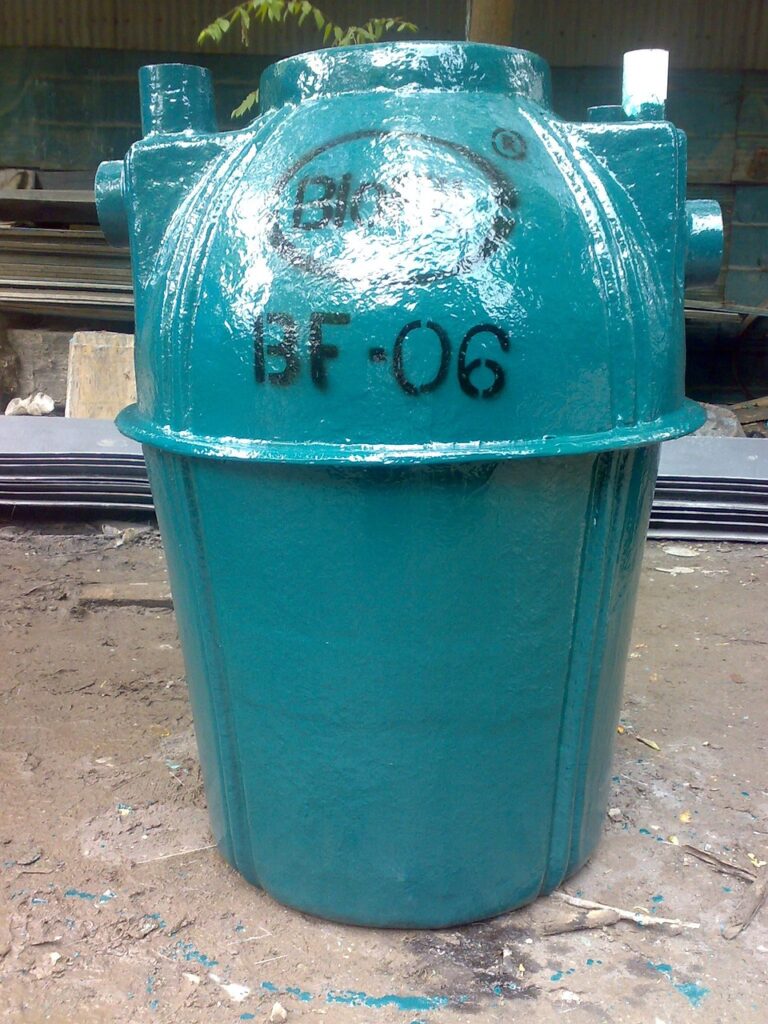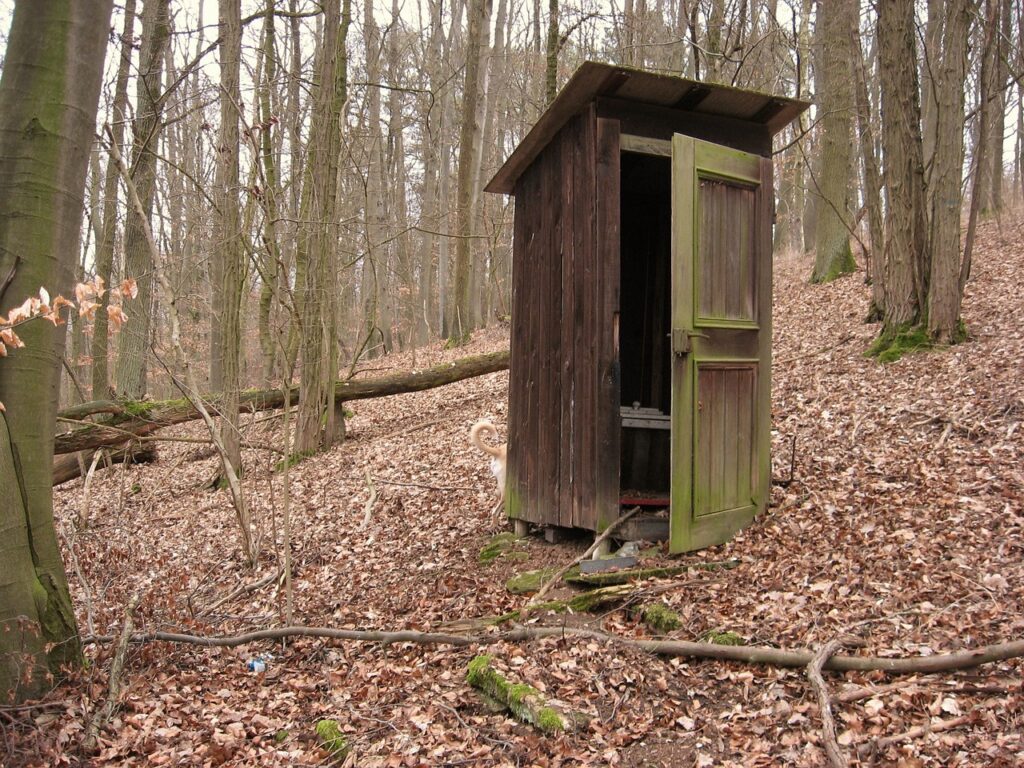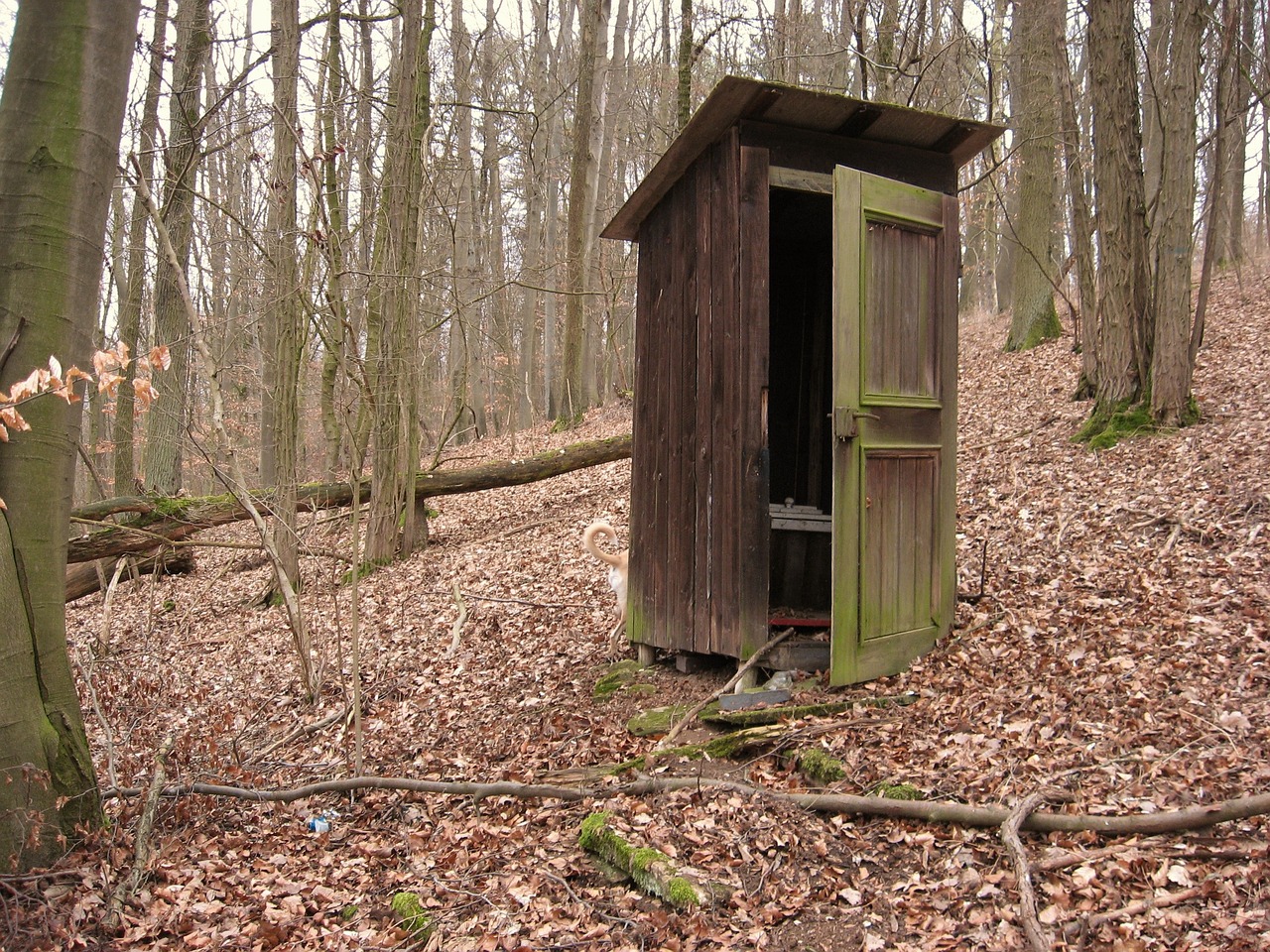Imagine never having to worry about your septic system again. With the 3000 Gallon Septic Holding Tank, you can enjoy peace of mind knowing that your waste is properly contained and managed. This durable and efficient tank is designed to handle large quantities of waste, ensuring that your property remains clean and odor-free. Whether you own a residential or commercial property, investing in the 3000 Gallon Septic Holding Tank is a decision that will save you time, money, and headaches in the long run. Say goodbye to septic system troubles and hello to hassle-free waste management with the 3000 Gallon Septic Holding Tank.

Understanding the Need for 3000 Gallon Septic Holding Tanks
Benefits of 3000 Gallon Capacity
When it comes to septic systems, having the right capacity is crucial for efficient and effective waste management. A 3000 gallon septic holding tank offers several benefits that make it an ideal choice for many homeowners and businesses. The larger capacity allows for greater storage of wastewater, which means fewer pump-outs and reduced maintenance costs in the long run. Moreover, it provides ample space for solids to settle, promoting better treatment and minimizing the risk of clogs or backups.
Assessing Home or Commercial Requirements
Determining the appropriate septic tank size for your property requires careful consideration of the number of occupants and the expected daily wastewater flow. For residential use, a 3000 gallon tank is typically suitable for households with four to six bedrooms. In commercial settings such as restaurants, hotels, or other high-traffic establishments, this size can accommodate the increased demand for wastewater storage. It is important to assess your specific needs and consult a professional to ensure the right size is chosen.
Relevance in Areas without City Sewer Connection
In areas where there is no access to a city sewer system, septic tanks play a vital role in managing wastewater. A 3000 gallon septic holding tank is especially relevant in these areas, as it provides a larger storage capacity that can support the needs of a household or business for an extended period. It allows for the proper treatment of wastewater, preventing contamination of nearby water sources and ensuring a safe living or operating environment.
Design and Construction of 3000 Gallon Septic Tanks
Materials Commonly Used
The design and construction of 3000 gallon septic tanks typically involve the use of durable materials that can withstand the harsh conditions and corrosive elements found underground. Commonly used materials include high-density polyethylene (HDPE) and reinforced concrete. HDPE tanks offer excellent resistance to corrosion and are lightweight, making them easier to transport and install. Reinforced concrete tanks, on the other hand, provide exceptional durability and longevity, making them a popular choice for long-term septic solutions.
Construction Standards and Regulations
To ensure the quality and safety of septic tanks, the construction process must adhere to specific standards and regulations. These standards typically encompass factors such as tank dimensions, structural integrity, and watertightness. Additionally, local building codes and regulations may require permits and inspections to ensure compliance with environmental and health guidelines. It is crucial to consult with local authorities or experts in the field to ensure that the construction of your 3000 gallon septic tank is in accordance with the appropriate standards and regulations.
Features of a Standard 3000 Gallon Septic Tank
A standard 3000 gallon septic tank typically consists of key features designed to facilitate effective waste management. These features include inlet and outlet baffles, designed to trap solids and prevent them from exiting the tank. Additionally, a riser with a secure lid is often included to provide access for routine maintenance and inspections. The tank also incorporates a distribution box to evenly distribute effluent to the drainfield, promoting proper drainage and preventing overloading of the system.
Proper Installation of 3000 Gallon Septic Tanks
Site Selection and Evaluation
Before the installation of a 3000 gallon septic tank, careful site selection and evaluation are essential. Factors such as soil composition, slope, proximity to water sources, and building codes must be taken into account. It is crucial to choose a location that allows for proper drainage and is away from any potential sources of contamination. Hiring a qualified professional to conduct a site evaluation will help determine the optimal placement of the septic tank to ensure its functionality and longevity.
Excavation and Installation Process
The excavation and installation process for a 3000 gallon septic tank involves several steps to ensure proper functioning. After the site evaluation, the excavation team will carefully dig the hole to accommodate the tank’s size and shape. The tank is then lowered into the hole, ensuring it is level and secure. Connection of the inlet and outlet pipes is done to ensure the proper flow of wastewater. Following installation, the tank is backfilled and compacted to provide structural support. It is crucial to hire experienced professionals to ensure the proper installation of your septic tank.
Local Regulations and Necessary Permits
It is important to be aware of the local regulations and obtain the necessary permits before installing a 3000 gallon septic tank. Each locality may have specific guidelines regarding setbacks, tank size, and drainfield requirements. Permits may also be required to ensure compliance with environmental and health regulations. By consulting with local authorities and septic system professionals, you can ensure that your installation adheres to all necessary regulations, avoiding potential fines and complications in the future.

Routine Maintenance of 3000 Gallon Septic Tanks
Regular Inspection Guidelines
To keep your 3000 gallon septic tank in optimal condition, regular inspections are essential. Guidelines for inspection include checking the inlet and outlet baffles for any signs of damage or blockages. It is also important to monitor the liquid levels inside the tank to ensure it is not exceeding the recommended limit. Additionally, visually inspecting the tank’s exterior and the surrounding area for any signs of leaks, odors, or vegetation growth can help identify potential issues early on. Regular inspections, typically performed every 1-3 years, can prevent costly repairs and keep your septic system functioning properly.
Cleaning and Pumping Intervals
Regular cleaning and pumping of a 3000 gallon septic tank are necessary to maintain its efficiency. The frequency of cleaning and pumping depends on factors such as the size of the tank, the number of occupants, and the volume of wastewater generated. As a general guideline, it is recommended to pump the tank every 3-5 years. However, if you notice any signs of a full tank, such as slow drains or foul odors, it is advisable to have it pumped immediately to prevent potential backups or system failure.
Signs Your Septic Tank Needs Service
Being aware of the signs that your 3000 gallon septic tank needs servicing is crucial to prevent any disruptions or damage to the system. Signs that indicate a need for service include slow drains, gurgling sounds in the plumbing, foul odors in the vicinity of the tank, or water pooling in the drainfield. If you notice any of these signs, it is important to contact a professional septic service provider promptly to assess the situation and take appropriate action.
Dealing with Problems in 3000 Gallon Septic Tanks
Common Issues and Their Solutions
Despite proper maintenance, septic systems can encounter various issues that require attention. Some common problems with 3000 gallon septic tanks include clogs or blockages within the pipes or tank, leaks or cracks in the tank, or drainage issues in the drainfield. These problems can often be resolved by professional septic service providers who have the expertise and equipment to address them. Timely intervention and repairs are essential to prevent further damage and ensure the proper functioning of the septic system.
When to Call for Professional Help
While routine maintenance can be performed by homeowners, certain situations warrant the expertise of professional septic service providers. If you are experiencing recurring issues, such as frequent clogs or backups, it is advisable to seek professional assistance. Additionally, if you notice any signs of a malfunctioning or failing septic system, such as sewage odors or wet areas around the tank or drainfield, it is important to call for professional help immediately. They can assess the situation, identify the underlying cause, and provide the necessary repairs or replacements.
Preventive Measures to Avoid Problems
To minimize the likelihood of problems with your 3000 gallon septic tank, there are several preventative measures you can take. One important step is to be mindful of what you flush or drain into your septic system. Avoid flushing non-biodegradable items or harmful chemicals, as they can cause clogs or damage to the tank and pipes. Additionally, conserving water and spreading out heavy water usage can help prevent overloading the system. Regular inspections and maintenance, as well as timely pumping, are also crucial in preventing potential issues.
Cost Aspects of 3000 Gallon Septic Tanks
Price Ranges and Cost Factors
The cost of a 3000 gallon septic tank can vary depending on several factors. The material used for construction, such as HDPE or reinforced concrete, can impact the price. Additionally, the complexity of the installation, including site preparation and excavation, can affect the overall cost. Other factors to consider include local labor rates, permit fees, and any additional features or accessories needed for your specific setup. It is advisable to obtain quotes from reputable septic tank providers and contractors to get a more accurate estimate of the cost.
Providers and Places to Purchase
When looking to purchase a 3000 gallon septic tank, it is important to source it from reliable providers. Local septic system professionals or suppliers who specialize in septic systems can be a valuable resource for finding high-quality tanks. Online marketplaces and manufacturers’ websites can also provide options for purchasing septic tanks. It is important to choose providers who have a reputation for delivering durable and reliable products, ensuring your investment is worthwhile.
Costs of Ancillary Services like Installation and Maintenance
In addition to the cost of the septic tank itself, it is essential to consider the costs of ancillary services such as installation and maintenance. The complexity of the installation process, including site evaluation, excavation, and plumbing connections, can impact the overall installation cost. Routine maintenance, including inspections and pumping, should also be factored into your budget. While these costs may vary depending on factors such as location and service providers, they are essential investments to ensure the long-term functionality and efficiency of your 3000 gallon septic tank.
Environmental Implications of 3000 Gallon Septic Tanks
Impact on Soil and Surrounding Environment
Properly maintained 3000 gallon septic tanks have minimal negative impact on the soil and surrounding environment. The tank allows for the decomposition of solids while retaining liquid waste, preventing contamination of the soil. However, if a septic tank is not properly maintained or becomes overloaded, it can lead to odors, leaching of contaminants into the soil, and potential harm to nearby vegetation. Regular inspections, maintenance, and adherence to environmental regulations are crucial to ensure the minimal impact of septic tanks on the environment.
Water Table Implications
The water table, which refers to the level below the ground where soil is saturated with water, is an important consideration when installing and maintaining a 3000 gallon septic tank. Improperly installed or malfunctioning septic systems can contaminate the water table, posing a risk to both human health and the environment. By adhering to proper installation guidelines, performing regular maintenance, and avoiding harmful chemicals or substances in the septic system, the risk of water table contamination can be minimized, ensuring the safety of the local water sources.
Sustainable Practices in Septic System Care
Adopting sustainable practices in septic system care can further reduce the environmental impact of a 3000 gallon septic tank. Conserving water through efficient fixtures and practices can reduce the strain on the septic system and prevent overloading. Implementing a proper waste management system, including regular inspections and pumping, helps maintain optimal performance and prevents unnecessary water contamination. Furthermore, eco-friendly septic system additives can be used to promote healthy bacterial activity and enhance the treatment of wastewater. By implementing these sustainable practices, you can minimize your ecological footprint while enjoying the benefits of a septic system.
Case Study: Residential Use of 3000 Gallon Septic Tanks
Why Homeowners Chose This Size
In a case study of residential use, homeowners who chose a 3000 gallon septic tank cited various reasons for their decision. The larger capacity provided peace of mind in terms of storage space, reducing the frequency of pump-outs and associated maintenance costs. Additionally, the flexibility to accommodate a growing household or increased water usage over time was a key factor. Homeowners also appreciated the efficiency and longevity of a properly maintained system, allowing them to enjoy a hassle-free living experience without worrying about septic-related issues.
Installation Process and User Experience
During the installation process, homeowners found that hiring experienced professionals was crucial to ensure a smooth experience. Site evaluation and excavation were carried out meticulously to optimize the placement of the tank and ensure proper drainage. The professionals provided guidance on local regulations and obtained the necessary permits, simplifying the process for the homeowners. Throughout the installation, homeowners were involved, understanding each step and feeling confident in the workmanship. The overall user experience was positive, with homeowners expressing satisfaction in the functionality and reliability of their 3000 gallon septic tank.
Long-term Satisfaction and Maintenance Insights
Long-term satisfaction with a 3000 gallon septic tank was evident among homeowners who shared their experiences. Proper maintenance and adherence to inspection and pumping schedules were key to their satisfaction. Homeowners found that routine inspections and cleanings helped identify and resolve potential issues before they became major problems. By following maintenance guidelines and regularly servicing their septic systems, homeowners enjoyed a worry-free experience with their 3000 gallon septic tanks, ensuring the longevity and optimal functionality of their systems.
Case Study: Commercial Use of 3000 Gallon Septic Tanks
Appropriate Commercial Applications
In a case study of commercial use, various businesses found that a 3000 gallon septic tank was appropriate for their needs. Restaurants, hotels, and small-scale commercial facilities with moderate wastewater demands benefited from the larger capacity. The 3000 gallon septic tank provided ample storage space, reducing the frequency of pump-outs and minimizing disruptions to the business. Adaptable and reliable, this size allowed commercial establishments to meet their wastewater management requirements in compliance with local regulations.
Advantages and Challenges in Commercial Use
Some advantages of using a 3000 gallon septic tank in commercial settings include fewer pump-outs, reduced maintenance costs, and the ability to accommodate moderate wastewater demands. The larger capacity also allows businesses to operate smoothly without interruptions caused by septic system issues. However, challenges may arise in terms of space availability and potential logistical constraints during installation and maintenance. Proper planning, consultation with professionals, and adherence to regulations help businesses overcome these challenges and reap the benefits of a 3000 gallon septic tank.
Maintenance Considerations for Commercial Users
Commercial establishments must prioritize routine maintenance to ensure the continued functionality of their 3000 gallon septic tanks. Regular inspections, cleanings, and pumping are crucial to prevent complications and comply with health and safety regulations. Businesses should establish a preventive maintenance schedule and work closely with septic system professionals to address any specific concerns or requirements. By investing in proper maintenance, commercial users can avoid costly repairs or system failures, ensuring the smooth operation of their business and providing a safe environment for employees and customers.
Future Trends in Septic Tank Systems
Emerging Technologies and Materials
The future of septic tank systems is marked by the emergence of innovative technologies and materials. Advanced treatment systems, such as aerobic treatment units or sand filters, offer enhanced wastewater treatment capabilities, reducing the environmental impact and promoting better public health outcomes. Additionally, the development of durable and eco-friendly materials, such as fiberglass reinforced plastic (FRP), opens up new possibilities for septic tank construction. These emerging technologies and materials aim to improve the efficiency, sustainability, and longevity of septic systems.
Impact of Environmental Regulations
As environmental regulations continue to evolve, septic tank systems are expected to be subject to stricter guidelines. Efforts to reduce water pollution and protect water sources will likely drive increased scrutiny and monitoring of septic systems. This may lead to the implementation of more stringent standards for septic tank design, construction, maintenance, and monitoring. Homeowners and businesses should stay updated on the latest regulations in their area and work with septic system professionals to ensure compliance for both existing and future septic tank installations.
Innovation in Septic System Maintenance and Repair
The future will witness further innovation in septic system maintenance and repair techniques. Remote monitoring systems, utilizing sensors and connectivity, will enable real-time monitoring of septic tank performance, facilitating early detection of issues and minimizing the need for physical inspections. Additionally, advancements in robotics and automation may lead to more efficient and cost-effective repair methods for septic systems. These innovations aim to streamline the maintenance and repair processes, providing homeowners and businesses with greater convenience and more sustainable septic system solutions.
